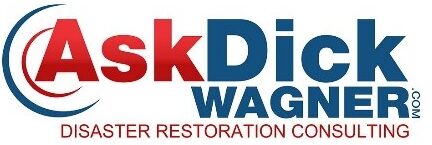SUCCESSFUL Marketing People Often Say The Wrong Thing! How many times has your sales & marketing staff said: “I just…
Marketing Reps Stuck in the Sand? I continue to be amazed almost every day at how many marketing reps, and…
Implementation is the execution of a plan, idea, or strategy. Note: As a disaster restoration coach and consultant, one of…
5 minute read As a business owner, it can sometimes seem like everyone has decided to become your competition. Sometimes…
4 minute read Marketing to commercial clients is probably the number one interest of the typical residential restoration contractor. I…
Sell More With Empathy …
According to Webster’s Dictionary – a metaphor is a figure of speech, often like an analogy – using a word…
Today’s prospects require a different kind of marketing approach. When you are presenting to a prospect that does not know…
JUST A SNIPE HUNT? Is your wasted time like a “snipe hunt?” Are you “burning daylight” without completing promised or…
Effective Use Of My Marketing Time For many years, marketers were taught to always say “YES,” with the idea that…
